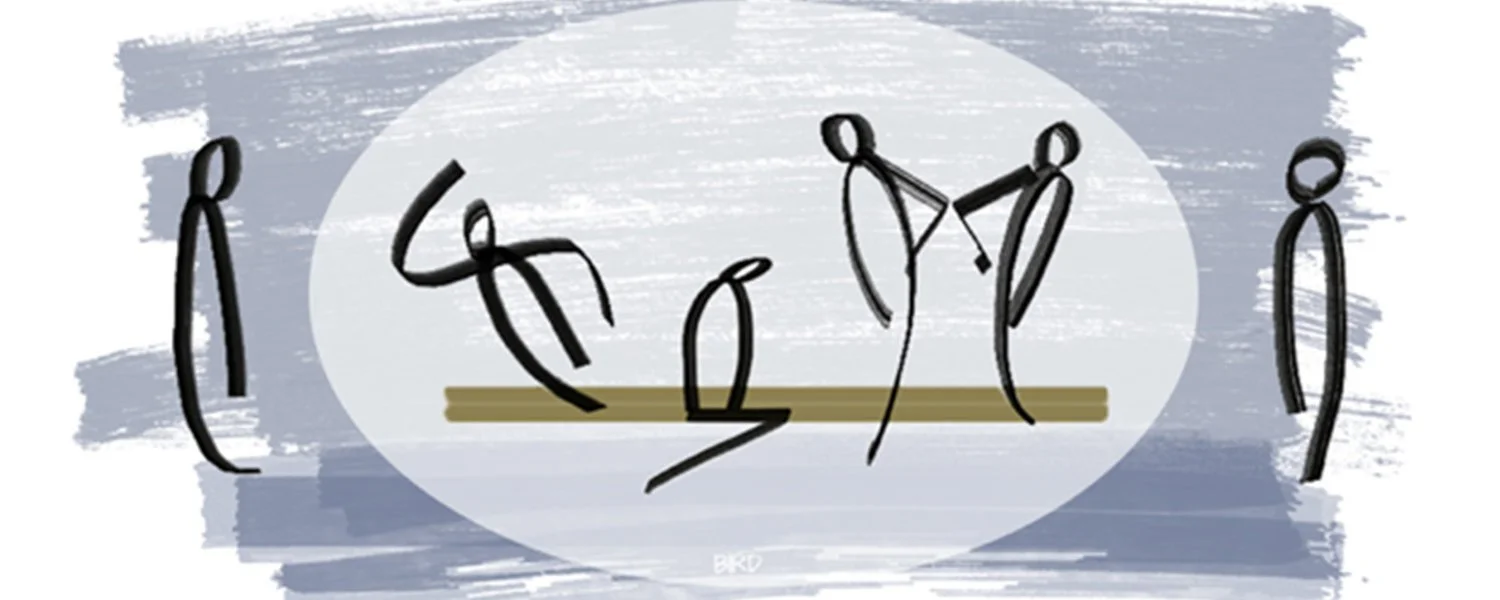4D Mapping
What is this method?
4D Mapping is an embodiment practice and is part of Theory U’s Social Presencing Theater. It is used when working with groups that want to explore their system, the embodied knowing of their bodies, to gain new insights.
what does the process look like?
Social Presencing Theater is a powerful method to gain new insights about a system that are often deeply, unconsciously or otherwise hidden. It is also a very effective way for a diverse group of stakeholders to have a shared reference point of what is happening (current reality) and what is wanting to emerge (highest future possibility). Therefore this method requires facilitators to be experienced in the Theory U and embodiment practice, hence some recommendations:
Read about the Theory U
Have a look at the Social Presencing Theater Page of the Presencing Institute
Enroll in u.lab, a online course (MOOC) that has spread all over the world to be introduced actively in the Theory U framework and practice
Ask for help, there’s a u.lab Switzerland Facebook Community where you may find support or reach out to collaboratio helvetica
In Social Presencing Theater, the word theater is used in connection to its root meaning – a place where something significant becomes visible, or where a community of people can see a shared experience. 4D Mapping makes visible the current reality in a social system, such as a school system, health care system, or government system.
Principles:
4D Mapping explores how the highest aspiration in a system might come forward. We assume there is an underlying wisdom – in spite of the diverse values or goals of stakeholders in a system – that could come to the surface and be visible as we move from Sculpture 1 to 2
Participants apply mindfulness of the body and awareness of the surrounding space.
4D Mapping is not about acting out pre-conceived ideas or concepts we have about a system4D Mapping is about surfacing and noticing what shifts in a system, something that might be significant in going from a current reality to an emerging future reality
Movement is based on what is actually emerging, not based on manipulation or what we think something should be
Illustration of a Social Presencing Theater. Image source: https://zurich.impacthub.ch/de/event/social-presencing-theater-u-lab-workshop/
Process:
The process consists of three phases:
Definitions of Roles & Introduction of method. Also depending on how familiar individuals of the group are with each other, you may include embodiment practices such as 20 Minutes Dance, Stuck Exercise or other embodied mindfulness practices
Enacting the roles and moving from Sculpture 1 to Sculpture 2
Generative Dialogue
If you want to learn more about this method it is essential to engage in further reading and practice. In case you feel confident to try this method, we recommend you to become familiar with the content linked at the bottom of this article and that you choose a context where you feel it is safe to try.
Needed tools, materials, people etc.
Time: plan at least 90min, preferably 2 hours or more
Tools: a notetaker, Flipchart, enough space, Paper for the roles
People: 12 or more people (typically 10-12 players enacting a role and the rest of the people sitting around in a circle as witnesses)
Sources and further literature:
https://www.presencing.org/#/resource/tools/4D-mapping-desc

